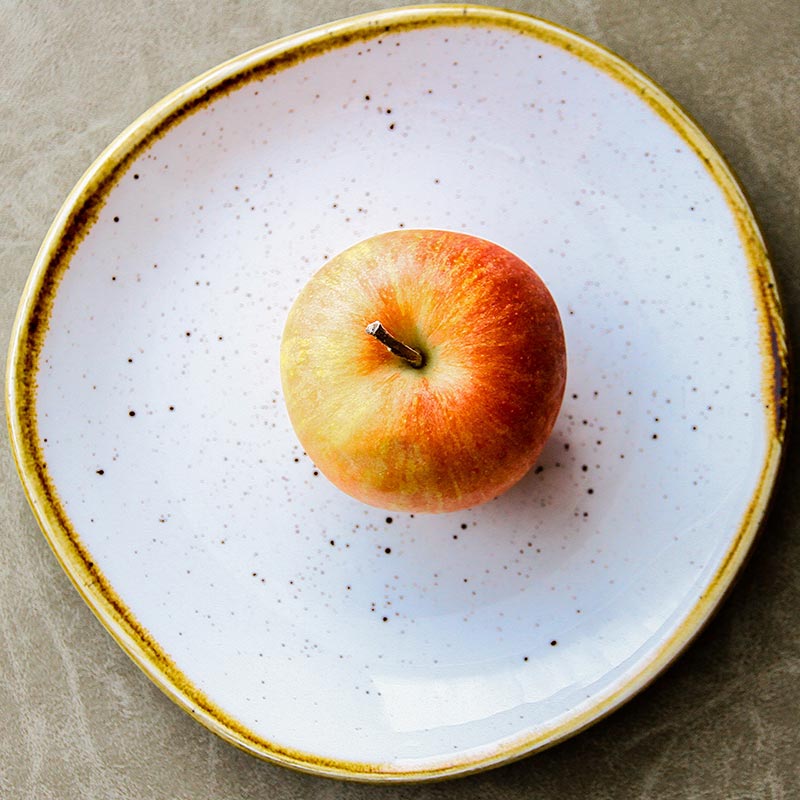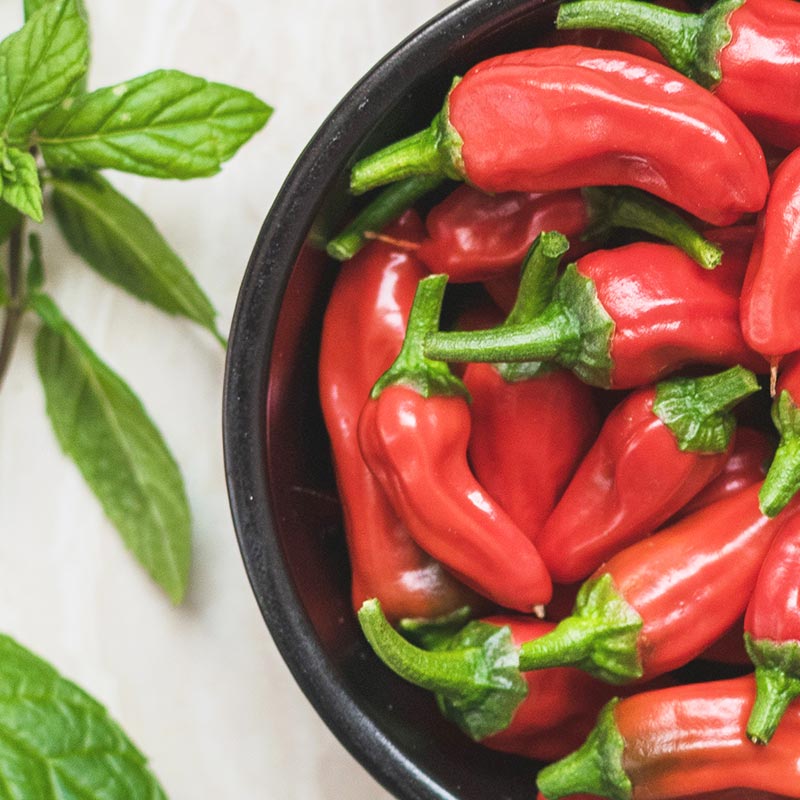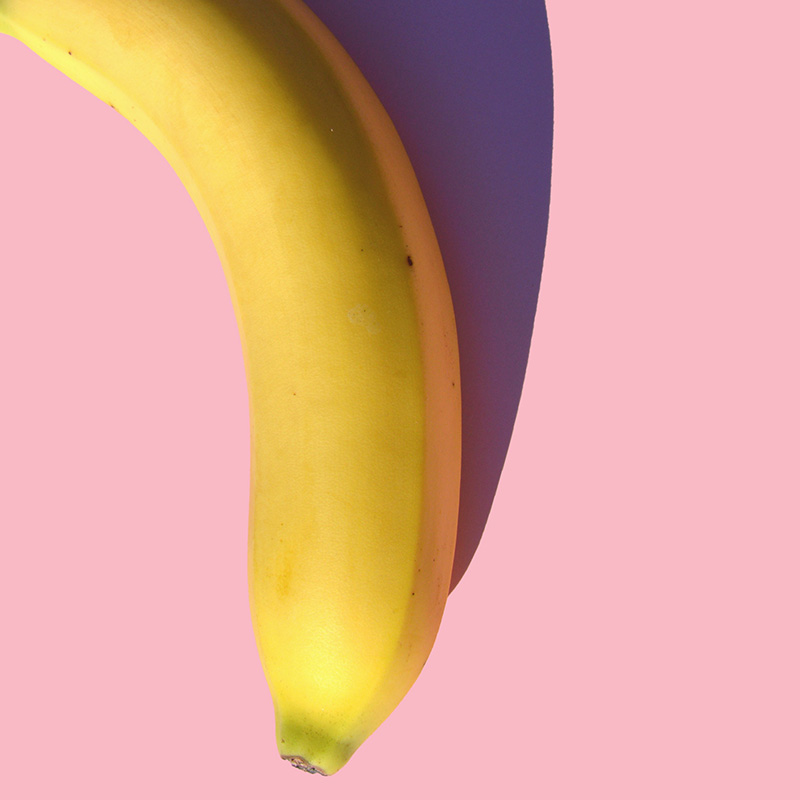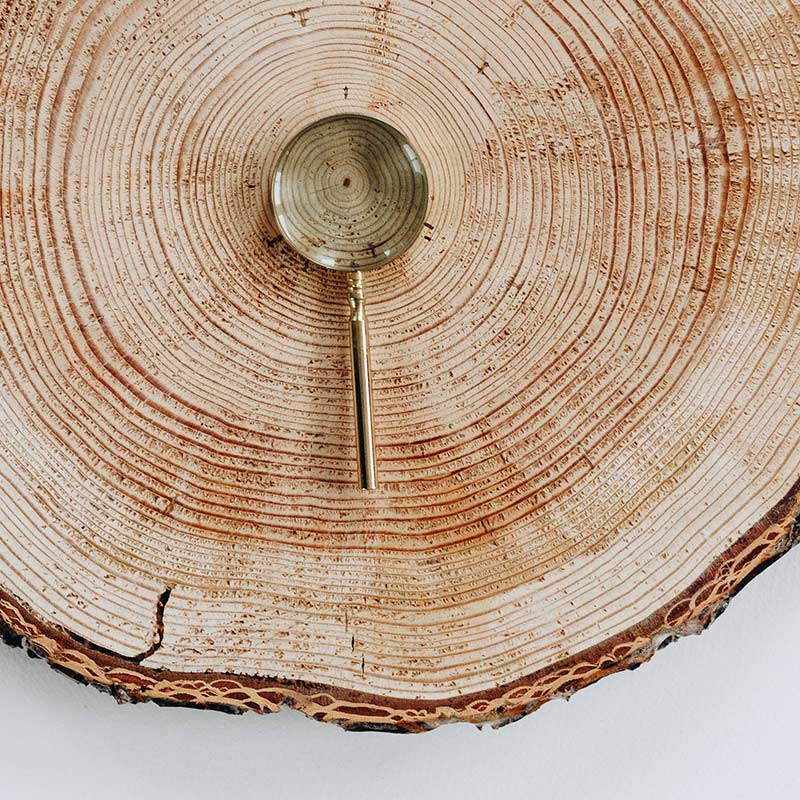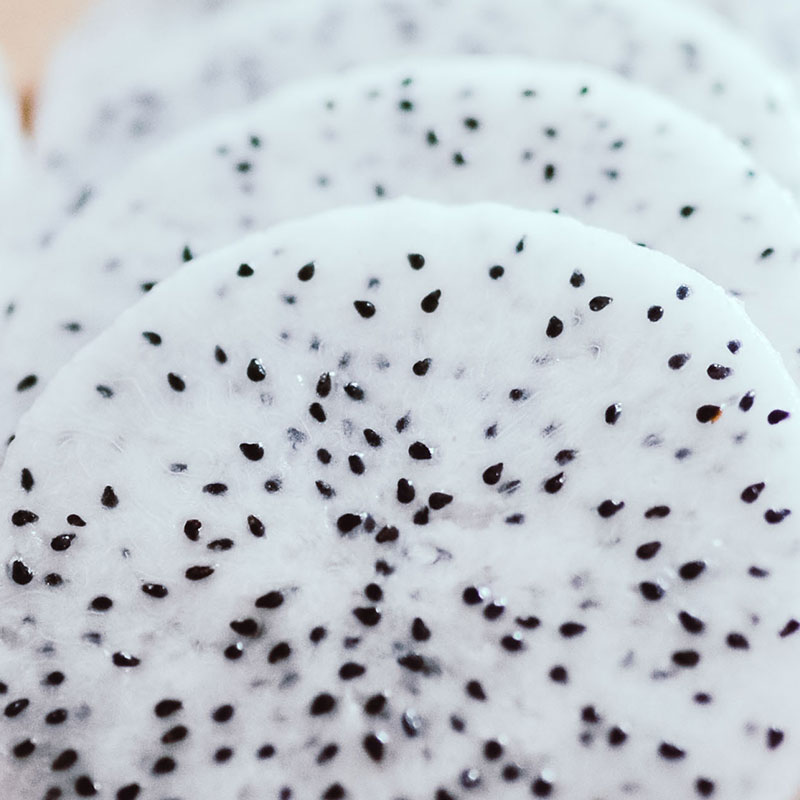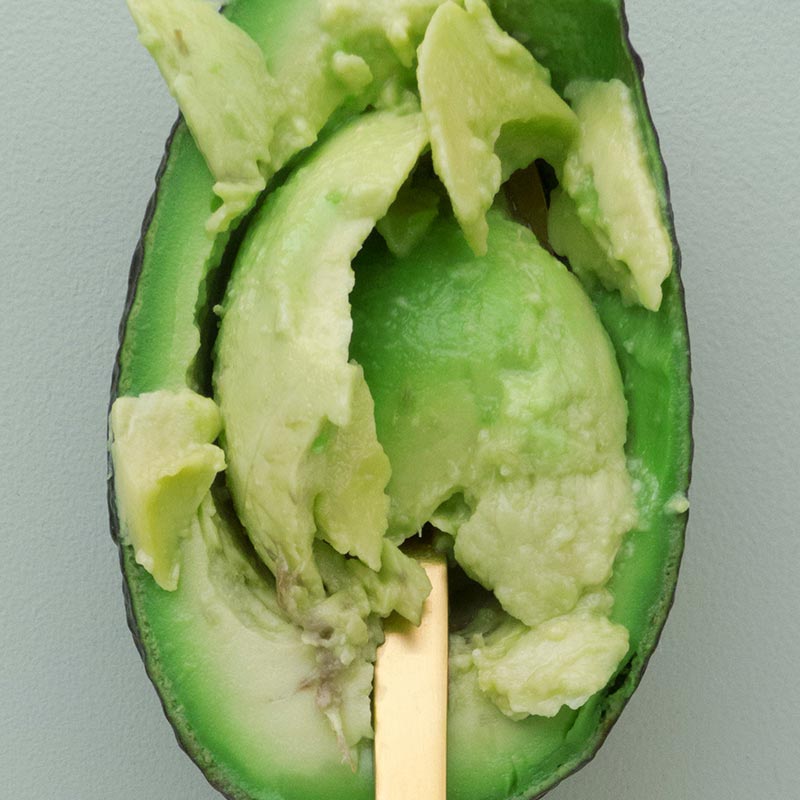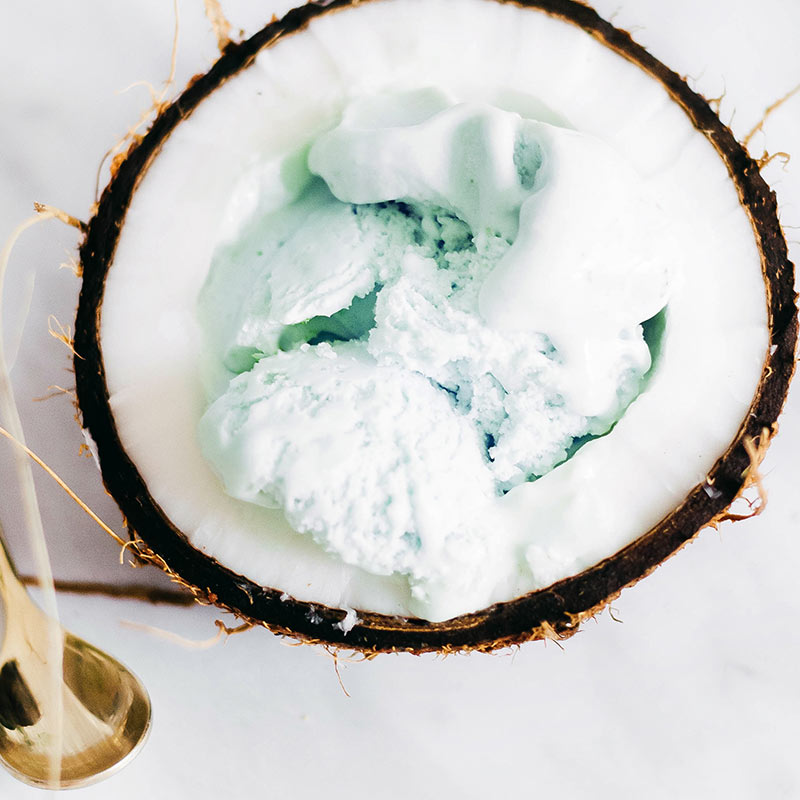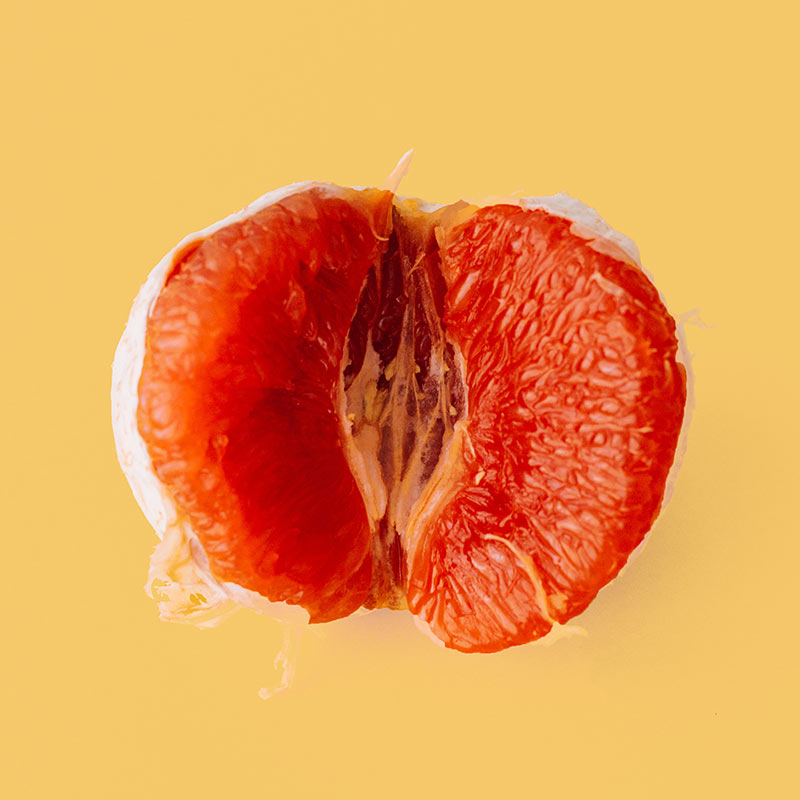It’s hard to resist the juicy flavor of smooth, shiny nectarines. Nectarines are members of the genus Prunes, which includes trees that produce cherries, peaches, apricots, almonds, and plums.
Ripening
When nectarines are freshly picked, they are often hard and bitter. It is best to wait until they mature further, as they will become soft, juicy, and sweet. To check if a nectarine is ripe, gentle squeeze the fruit to test its firmness. When it is soft but not mushy, it is likely at its prime. Also try giving the fruit a sniff. Ripe nectarines will usually have a subtle sweet scent to them.
If you are trying to speed up the ripening process, try placing some nectarines in a paper bag along with a banana. Roll the top of the bag closed and leave it in room temperature for a while. Check back occasionally to make sure they do not overripe.
Nutritional Information
On average, one nectarine has about 63 calories, 15 grams of carbohydrates, and 11 grams of sugar. A nectarine generally provides around 13 percent vitamin C and 9 percent vitamin A.
Is a nectarine a peach or a plum? Or neither?
Nectarines are actually of the same species as peaches. Most peaches are fuzzy because that trait is based on the dominant genetic allele that codes for fuzzy skin. The recessive allele for peach skin is hairless and smooth. When a peach inherits this recessive allele, it becomes a nectarine.
Though nectarines are from the same genetic origins as peaches, they are treated as different fruits commercially because of their unique texture and taste. So technically, they are peaches. But to us, nectarines are nectarines.








